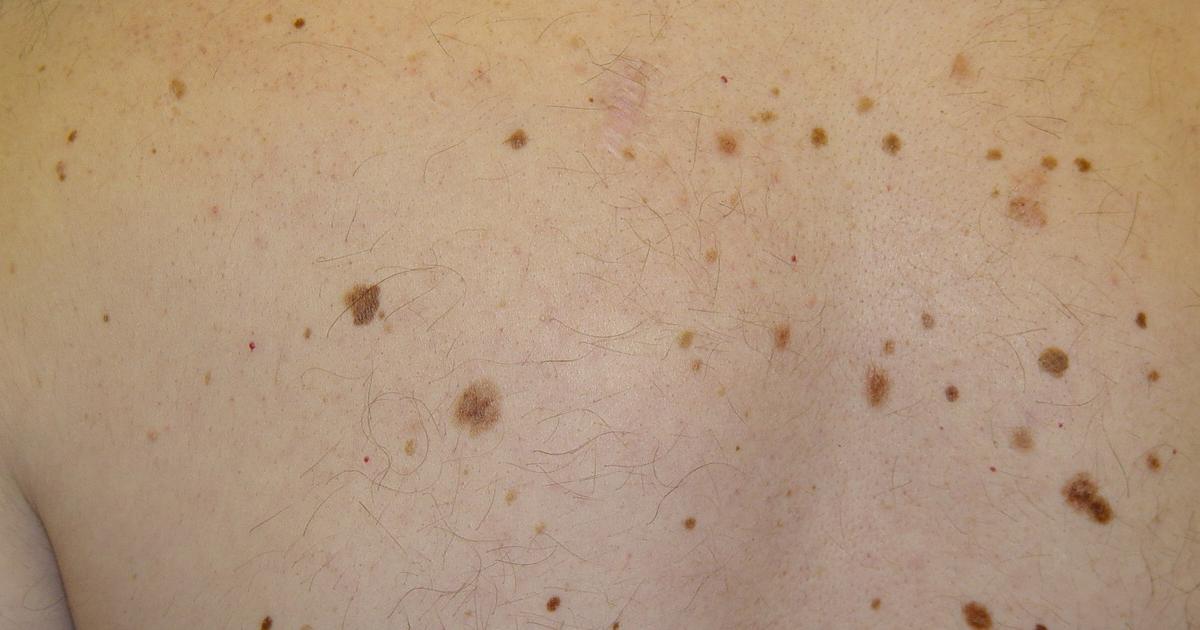What Increases The Risk Of Eye Melanoma?
Exposure To Ultraviolet Light

Ultraviolet (UV) light is a form of electromagnetic radiation that comes from the sun and a few other sources. This radiation is projected in the form of particles or waves in numerous frequencies and wavelengths. There are three main types of UV light rays. UVC rays have the highest amount of energy, but they cannot penetrate the atmosphere enough to cause cancer. UVA rays have less energy then UVC and UVB rays, however, they can age the skin and sometimes cause cancer. UVB rays are the highest energy rays that are able to penetrate the earth's atmosphere, and they directly damage the DNA in human and animal cells. Cancer starts developing when this damage occurs to the part of the cellular DNA containing the genes that control cell growth. Ultraviolet light is also able to damage the cellular DNA repair process, and this provides a way for mutated cells to acquire the ability to evade cellular death. The key to prevention of eye melanoma is to limit eye exposure to ultraviolet light. Ultraviolet light is most damaging to the cells in the eye at specific times of the day, during certain seasons, in locations closer to the equator, at higher altitudes, and in conditions of minimal cloud cover.
Get the details on more risk factors for eye melanoma now.
Dysplastic Nevus Syndrome

Dysplastic nevus syndrome is a skin condition that manifests itself through the presence of a large number of atypical moles around the body. When dysplastic nevus syndrome is inherited, it is most likely a result of DNA mutations in the CDKN2A gene. The excessive irregular moles that occur in dysplastic nevua syndrome patients are caused by overstimulation of the system of cells that create melanin or the melanocytic system. However, this overstimulation is not isolated to just the skin tissues. This also occurs in the colored region of the eye. The overstimulation causes an increased incidence of localized spots of melanocytic proliferation or melanocyte overgrowth in the eye. This overgrowth is what is responsible for discolorations or spots in the colored region of the eye. Because eye melanoma often originates from eye spots and discolorations, individuals with dysplastic nevus syndrome are at a higher risk for developing it.
Uncover the next risk factor for eye melanoma now.
